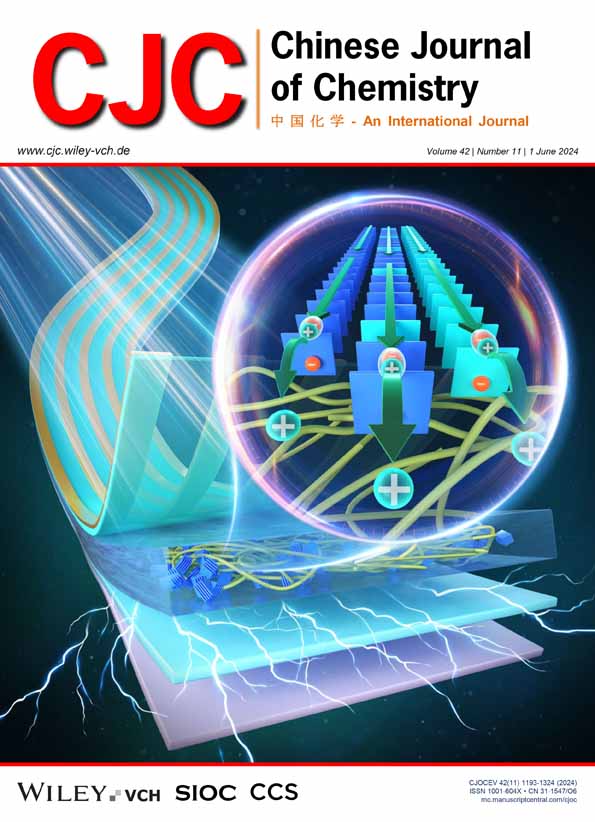Electron-rich alkynes, such as ynol and thioynol ethers, have proven to be versatile and appealing partners in catalytic cycloaddition reactions, and thus have raised considerable attentions owing to the practical application in the modular assembly of valuable carbo- and heterocycles. The past decades have witnessed inspiring advances in this emerging field, and an increasing number of related discoveries have been exploited. Divided into two main sections on the basis of substrate type, in each section this comprehensive review will initially summarize their synthetic preparations and subsequently examine their reactivity in every sort of catalytic cycloaddition with emphasis on the methodology development, aimed at providing an access to this burgeoning area and encouraging further innovations in the near future.
For the cycloaddition of ynol ethers, in 2004, Kozmin et al. firstly developed a silver-catalyzed [2 + 2] cycloaddition of siloxy alkynes with electron-poor olefins. In 2012, Hiyama et al. realized a palladium-catalyzed formal [4 + 2] annulation of alkynyl aryl ethers with internal alkynes. In the same year, Sun et al. discovered an efficient [6 + 2] cyclization between siloxy alkynes and 2-(oxetan-3-yl)benzaldehydes by applying HNTf2 as catalyst. In 2017, Wender et al. first utilized vinylcyclopropanes (VCPs) as coupling partners in the [5 + 2] annulation of ynol ethers. In 2018 and 2020, Ye et al. reported zinc-catalyzed formal [3 + 2] and [4 + 3] cycloaddition, respectively. For the cycloaddition of thioynol ethers, in 2004, Hilt et al. realized a [4 + 2] cycloaddition by employing the alkynyl sulfides and acyclic 1,3-dienes. In 2006, a ruthenium-catalyzed [2 + 2] cycloaddition of thioynol ethers with bicyclic alkenes was accomplished by Tam. In 2014, Sun et al. reported an elegant iridium-catalyzed click reaction of thioalkynes with azides.


